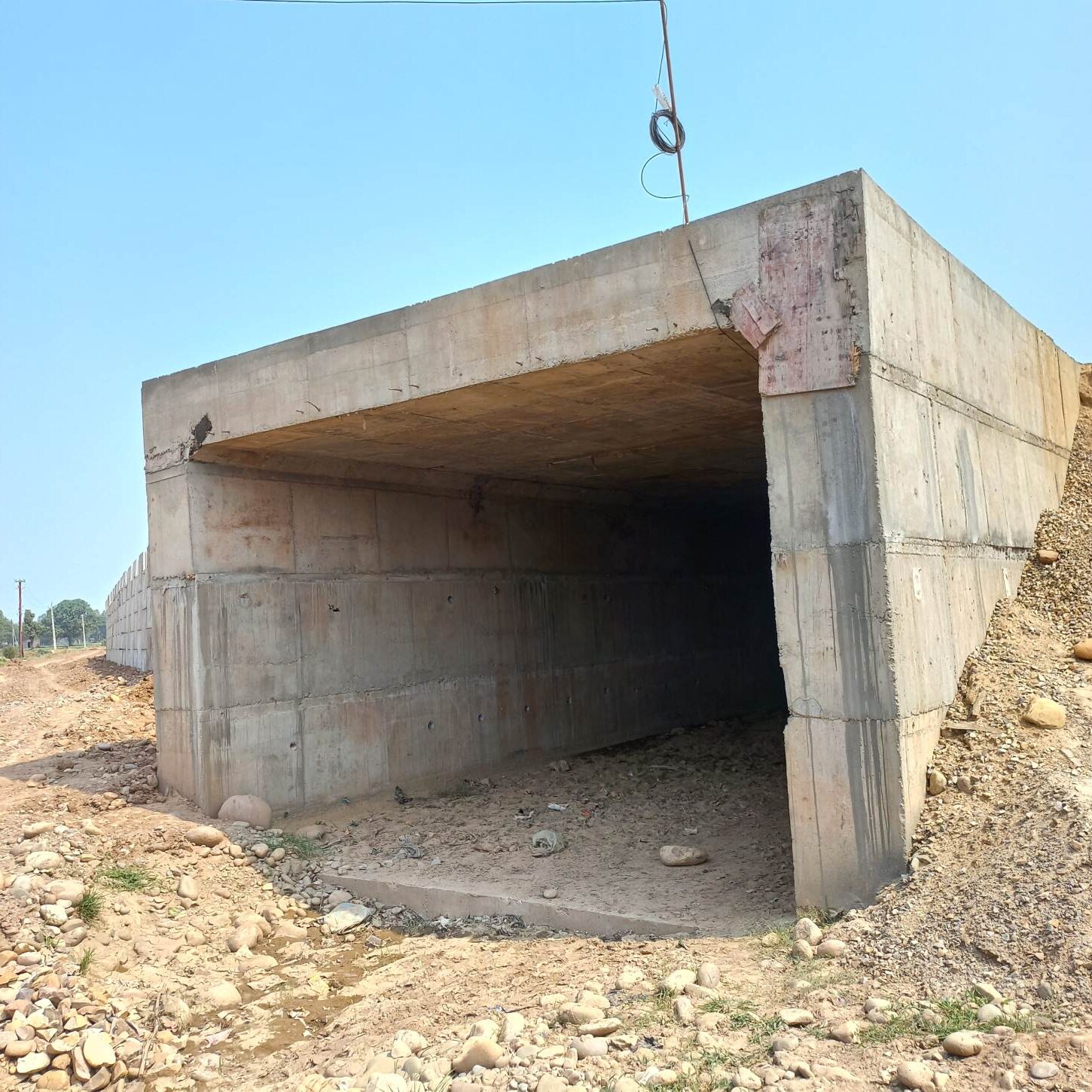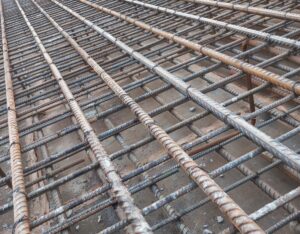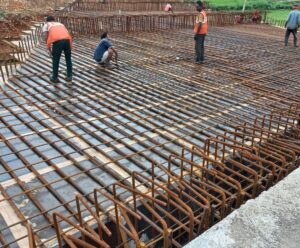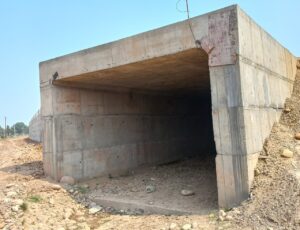A box culvert, also known as an underpass, is highly useful for animals and aquatic life during heavy rains. Its primary function is to allow the swift passage of water, preventing road damage and accidents caused by heavy water flow. Culverts are designed based on the soil conditions of different locations, leading to various structures like box culverts and slab culverts. In this article, we will explore the details of box culverts, including their raft, slab, wall, and other components.
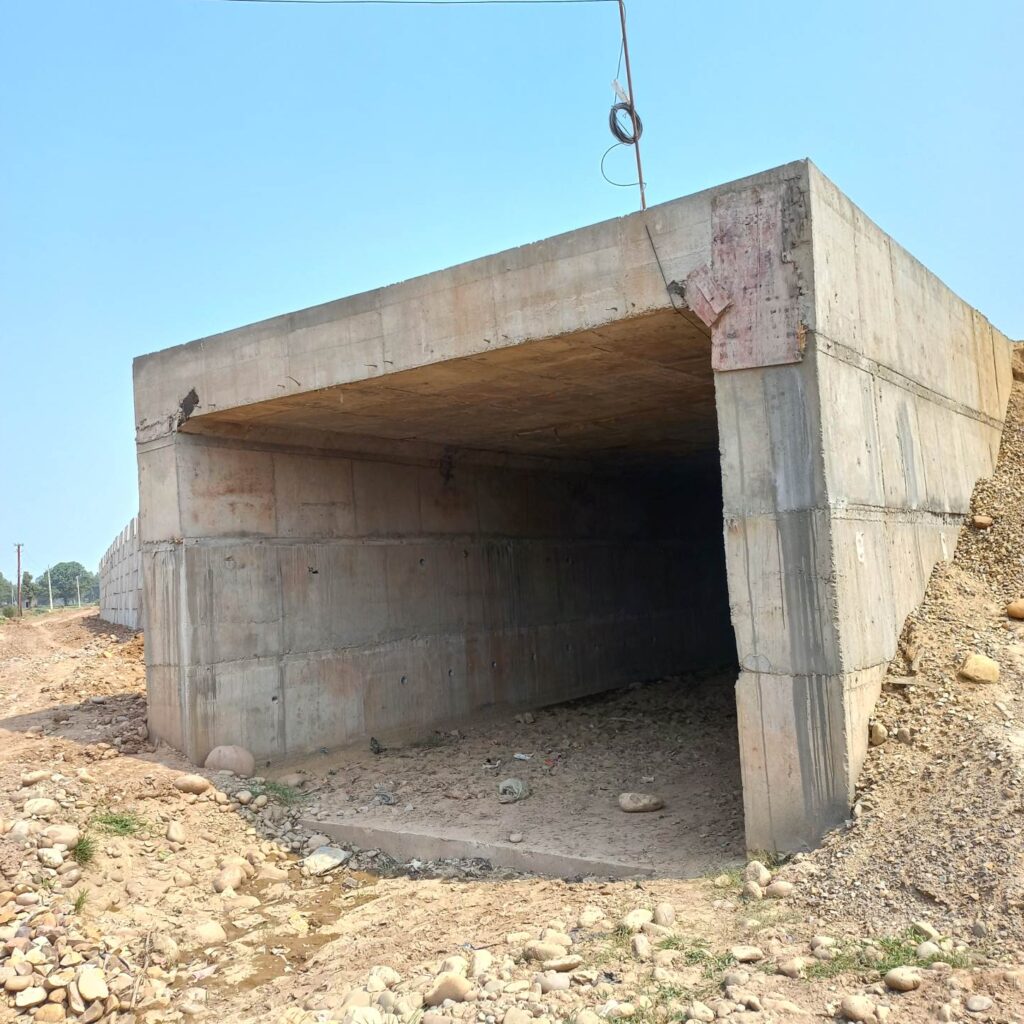
Box culverts are crucial components of modern infrastructure, serving as conduits for water under roads, railways, and other structures. They ensure smooth and efficient drainage, preventing waterlogging and maintaining the integrity of overlying structures. Understanding the components and construction of box culverts is essential for civil engineers and construction professionals.
Components of a Box Culvert
A box culvert consists of several key components, each playing a vital role in its overall function and stability. The primary components include the slab, walls, and raft. Each of these elements is designed to withstand specific loads and environmental conditions, ensuring the culvert’s durability and effectiveness.
Slab in Box Culvert
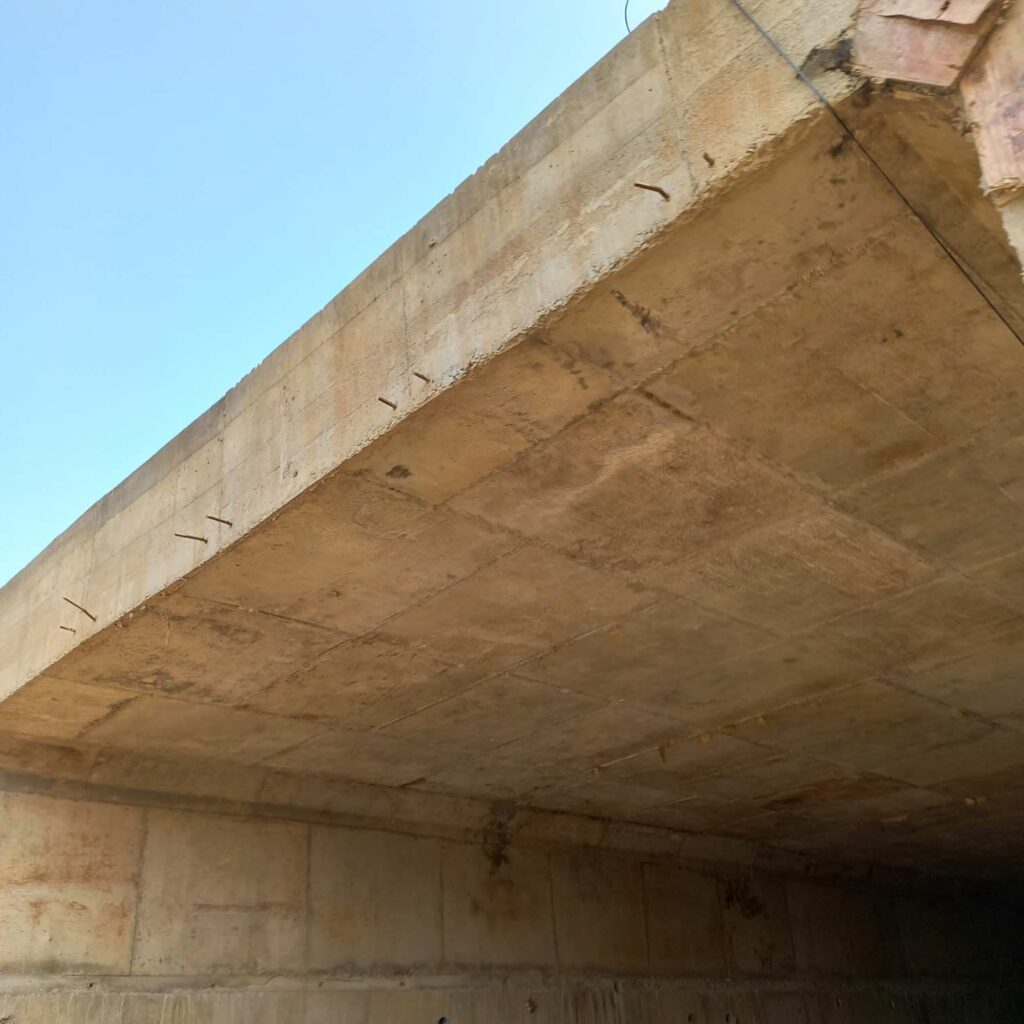
The slab in a box culvert acts as the top covering that supports the load from the overlying structure, be it a road or railway. It is typically constructed using reinforced concrete to ensure it can bear the weight and distribute it evenly across the culvert. The design of the slab must consider factors such as load distribution, bending moments, and shear forces to prevent structural failures.
Wall in Box Culvert
The walls of a box culvert provide vertical support and are responsible for withstanding lateral earth pressures and water loads. There are various types of walls used in box culverts, including straight, flared, and skewed walls. The design and structural integrity of these walls are crucial as they directly impact the culvert’s ability to handle different load conditions and environmental factors.
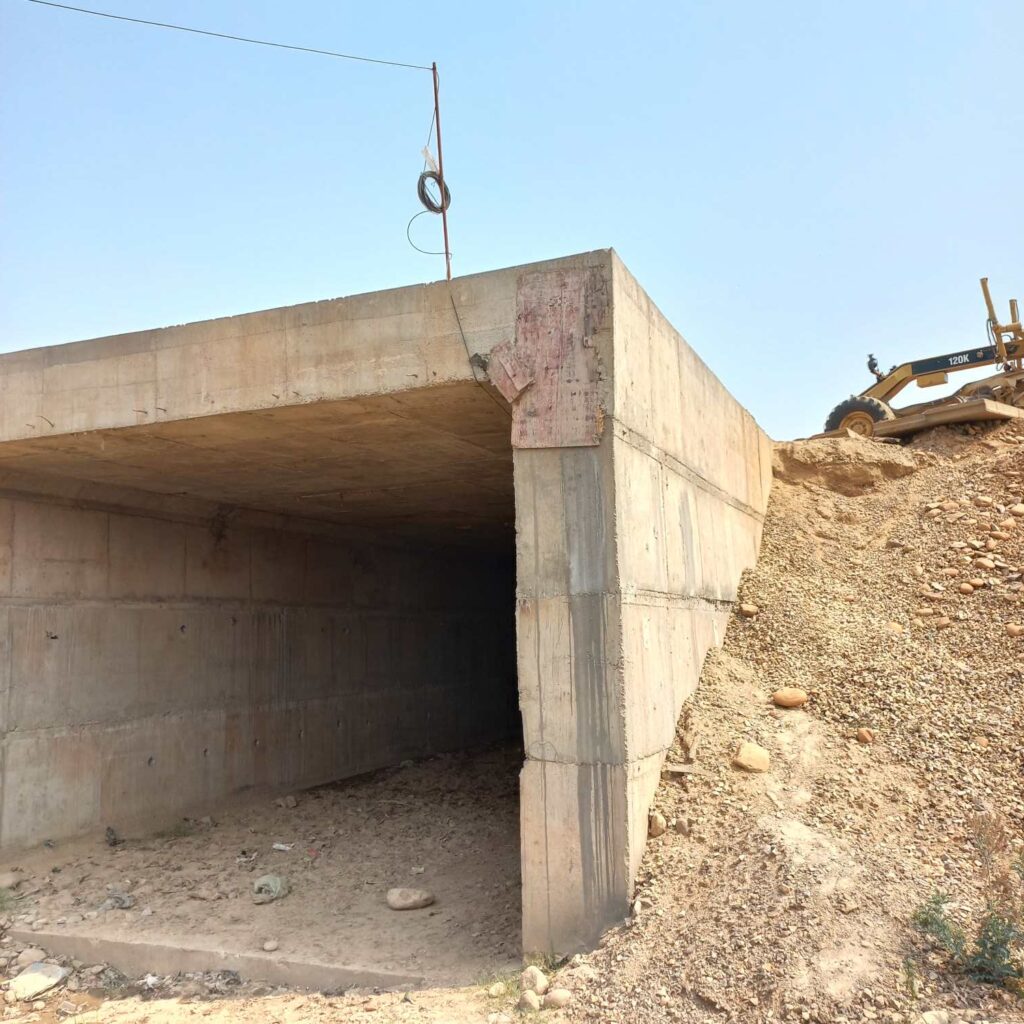
Raft in Box Culvert
The raft, or the base slab, is the foundation of the box culvert. It ensures that the structure remains stable and evenly distributes the load to the underlying soil. The raft is typically constructed using high-strength concrete and reinforced with steel bars to enhance its load-bearing capacity. Proper design and construction of the raft are essential to prevent issues such as differential settlement and tilting.
Conclusion
Box culverts play a vital role in modern infrastructure by ensuring efficient drainage and supporting overlying structures. Proper design, material selection, and construction techniques are essential for their durability and functionality. By understanding the components and processes involved, engineers and construction professionals can create robust and long-lasting box culverts.
What is a box culvert?
A box culvert is a rectangular drainage structure used to convey water under roads, railways, and other structures.
What materials are used in box culvert construction?
Box culverts are primarily constructed using reinforced concrete, with steel bars for reinforcement and waterproofing materials to prevent water infiltration.
How is the structural integrity of a box culvert ensured?
Structural integrity is ensured through detailed design, quality material selection, stringent construction practices, and regular maintenance.

